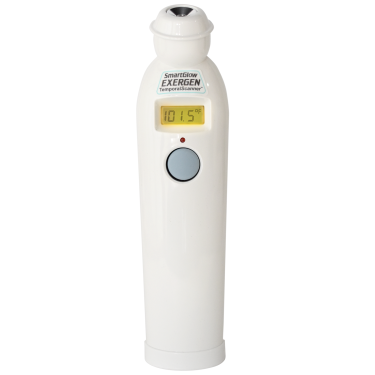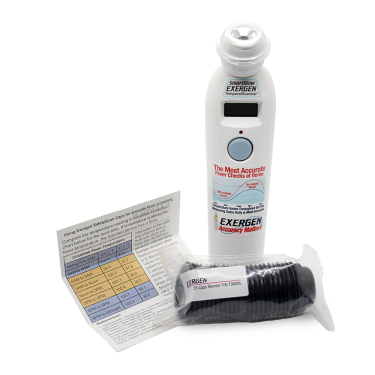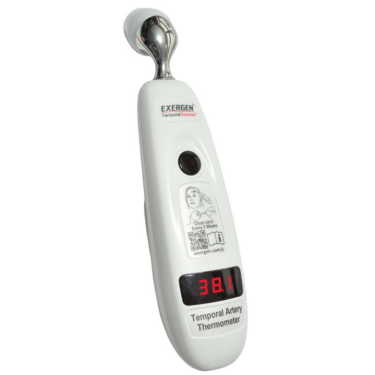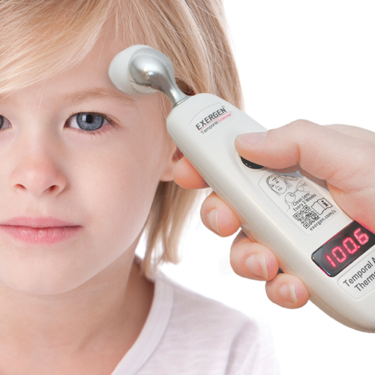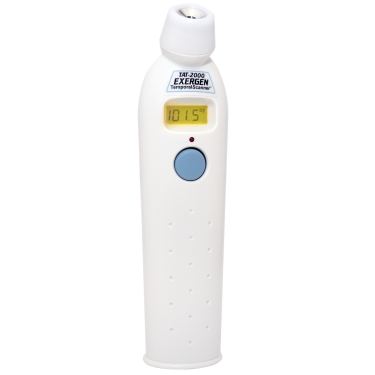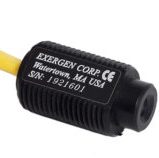Aren’t you amazed at how a human eye works? These two small spheres in your head manage to do effortlessly what even the biggest, most sophisticated cameras cannot do. They can aim your view and focus to get a sharp image (not an easy task as the signals from both eyes need to be combined), they can adjust to changing light intensities, detect even the smallest changes in color and shape, and your brain can process this information on the fly. You often take your ability to see for granted, but if you think about it for a while, it is very extraordinary.
Infrared temperature sensors or IR Sensors function in a similar way: they detect infrared radiation and convert it into a signal to process. Only infrared temperature sensors don’t pick up the visible light. The invisible light is heat. The analogy between eyes and non-contact temperature sensors can be extended a little further to provide you with some tips and tricks that will help you to get a better and more accurate temperature measurement:
1) Do you ever read a newspaper from 6 meters? It would be possible if you are an eagle, or if you have a set of binoculars. It’s much easier to read the paper from a smaller distance. The same holds for measuring temperatures of objects with a sensor: it is possible to do it from a large distance, but it is better and easier if you can get the sensor close to the object. Note that it is not always possible to get close to the object, for instance, if there are mechanical obstructions or the target is too hot.
2) Have you ever wondered what a mirror looks like? If you look “into a mirror,” you don’t really see the mirror, you see a reflection of yourself. Nobody knows what a mirror surface really looks like, it is invisible! This also holds for infrared radiation: If your target is mirror-like surface (like metal), it reflects heat from the surroundings, without emitting heat itself. So, if you think you measure the temperature of a mirror, you measure the temperature of the surrounding objects. The ability of a surface to reflect radiation is called emissivity, and you always need to consider the emissivity when installing an infrared sensor.
3) Sometimes you get tired. So tired you don’t see clearly anymore. Some sensor types also get tired, but these are only the sensors that have a relatively high energy consumption. Sensors that require input power can get tired, and in the electronic world, this is called drift. If sensors drift, they don’t see clearly anymore and need a good night sleep – in other words they need to get calibrated again. Unpowered sensors do not drift and don’t require regular calibration. You will get reliable and stable measurements for many years and therefore these are the preferred sensor type for many applications.
4) Whether it’s out of joy, or out of sadness if you start to cry your view is blurred. Your eyes and brains are not able to create a clear image. This is because the tears in your eyes affect the light that enters the lens (therefore some people start crying automatically if they see something truly hideous). It is difficult to see clearly if a fly decides to reside on your lens, as the fly completely blocks your view.
It is unlikely for an infrared sensor to cry, but water can cover the lens of the sensor (often in the form of condensing). A fly can block the sensor lens, but it’s more likely that it will be dust or dirt that blocks the view. Either way, for reliable temperature measurements it is important to keep the lens dry and clean for a ‘clear view’.
You see how the analogy between a human eye and an infrared sensor holds in many cases. Off course there are differences, but the similarities can help you when you start working with an infrared temperature sensor.
